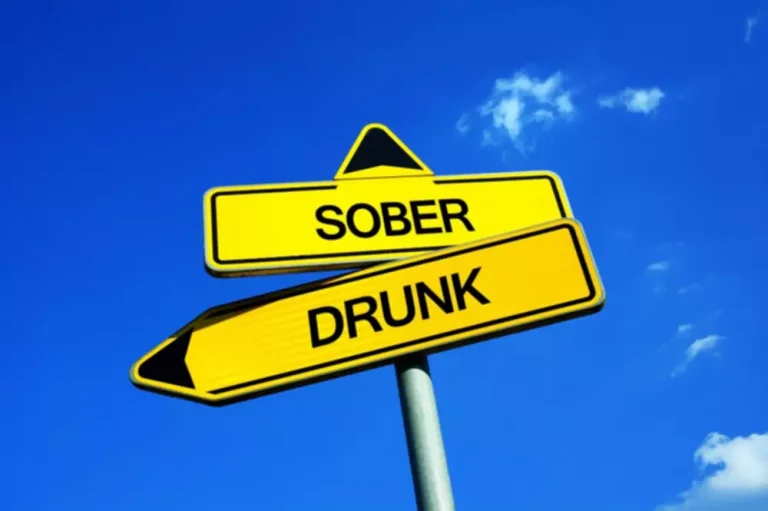
As such, every effort must be taken to prevent people in recovery from relapsing. Managing triggers and cravings requires Substance abuse awareness, a supportive network, and effective strategies tailored to individual needs. Proactive engagement with recovery tools, self-awareness, and structured support are crucial. By understanding the dynamics of triggers and cravings, those on the path to recovery can not only overcome these challenges but thrive in their newfound sobriety. Establishing personal boundaries is crucial to avoid triggering situations.
Why is a Support System Essential?
Many people identify undesirable emotions such as anger, sadness, and loneliness as major using triggers. However, many people also report desirable emotions such as excitement, satisfaction, and accomplishment can also be a trigger based on the learned behavior of needing to “celebrate” good things by using. During a relapse, individuals often go back to their old behavior and experience negative consequences.
How can I identify and manage high-risk situations for relapse?
While adolescents and children get their caffeine from soft drinks and hot chocolate, adults get most of their caffeine from coffee and tea 71. These drinks average 239 calories and provide high amounts of sugar 72. Thus, the most likely function of the caffeine in soda is to increase the salience of an already highly rewarding (high sugar) beverage. These drinks may be acting as a gateway for caffeine-dependent customers to visit a fast food restaurant and purchase fast food 74. Within this context we specifically point out that we do not relapse triggers list consider alcoholic beverages as food, despite the fact that one gram of ethanol has an energy density of 7 kcal 48”.

What Are the Symptoms of Relapse?

Developing effective coping mechanisms is key to managing cravings and avoiding relapse. Social anxiety can also be a struggle for many recovering addicts, which is why having a counselor or sponsor can help you avoid social isolation. Clients who extend their stay at Horizons will be involved in social interaction role-modeling exercises. The acronym HALT, developed by AA is used to describe high-risk situations for those in recovery.


It can be a setback in one’s journey towards sobriety and can significantly impact an individual’s physical, mental, and emotional well-being. It’s valuable to work with your therapist to learn ways to manage your triggers in a healthy manner. This could include cognitive behavioral therapy, a method of learning how to change negative thoughts so you don’t relapse. Your therapist can help you determine the best practices for managing your triggers. Committing to an addiction treatment program for its entire duration can help you develop the necessary skills to manage triggers before re-entering mainstream life, where there is less structure and monitoring.
The Experience Blog
Below are some of the most common relapse triggers and techniques to manage them, although this can vary from person to person. The first stage, emotional relapse, is characterized by developing negative behaviors as a means to combat thoughts and feelings. The second stage, mental relapse, refers to the prolonged struggle between the urge to use addictive substances and knowing that giving in can lead to relapse. The final stage, physical relapse, happens when the person starts using drugs or drinking alcohol again. These can be high-stress situations or events that call for a celebration. Paydays can also be a trigger to people who used to spend their salary on drugs, and people may be in more danger of relapsing during this particular time.
- Using non-addictive prescription drug alternatives to treat the withdrawal symptoms is also helpful.
- Recovery is still possible, but the sooner you act after a relapse the better.
- If you are able to recognise and prepare for the triggers in advanced, you are much more likely to cope with them without falling foul of relapse.
- By identifying triggers and developing coping strategies, individuals can strengthen their ability to stay on track in their recovery journey.
- Lastly, the food industry is quick to point out that most fructose studies are done in rodents, with large doses over a short period of time.
- As a result, when you are confronted with those things, you may experience a very strong desire to drink or get high again.
- Having a plan in place is vital; this may include immediate strategies such as practicing mindfulness, utilizing breathing exercises, or engaging in physical activity to reduce stress.
- Send them a text message or Facetime them until the urge to relapse passes.
- This mindset fosters resilience and strengthens commitment to recovery.
- This knowledge empowers individuals in recovery to take proactive steps in managing their sobriety.
- Recognizing these triggers is crucial as it helps create a plan that focuses on avoiding high-risk scenarios and promotes a healthier path toward sobriety.
Lastly, the effects of fat and sugar both separately and together (adjusting for calories) on fMRI signaling have been assessed 102. Furthermore, increasing sugar caused greater activity in those regions, but increasing fat content did not alter this activation. In other words, the fat increases the salience of the sugar, but it is the sugar that effectively recruits reward and gustatory circuits. Adopting a nutritious diet alongside consistent physical activity helps establish a sense of stability.
External Triggers
The presence of substances in these settings can make the temptation to use them stronger. Excessive stress is another critical factor that overwhelms individuals in recovery, making them more likely to turn to substances in search of relief. Additionally, personal or professional setbacks present a considerable emotional challenge, thus increasing vulnerability to relapse. Identifying triggers also helps individuals build a support system and seek help when needed.